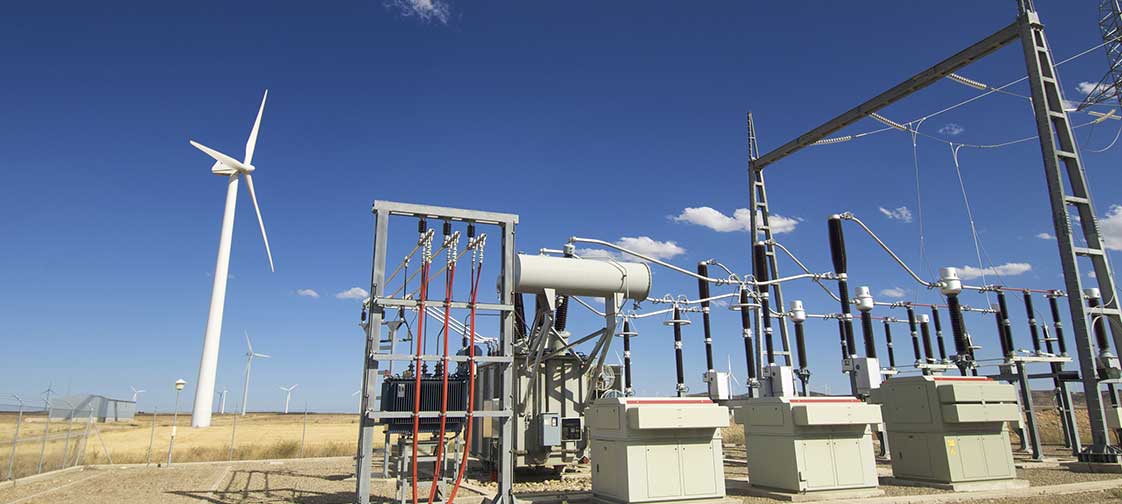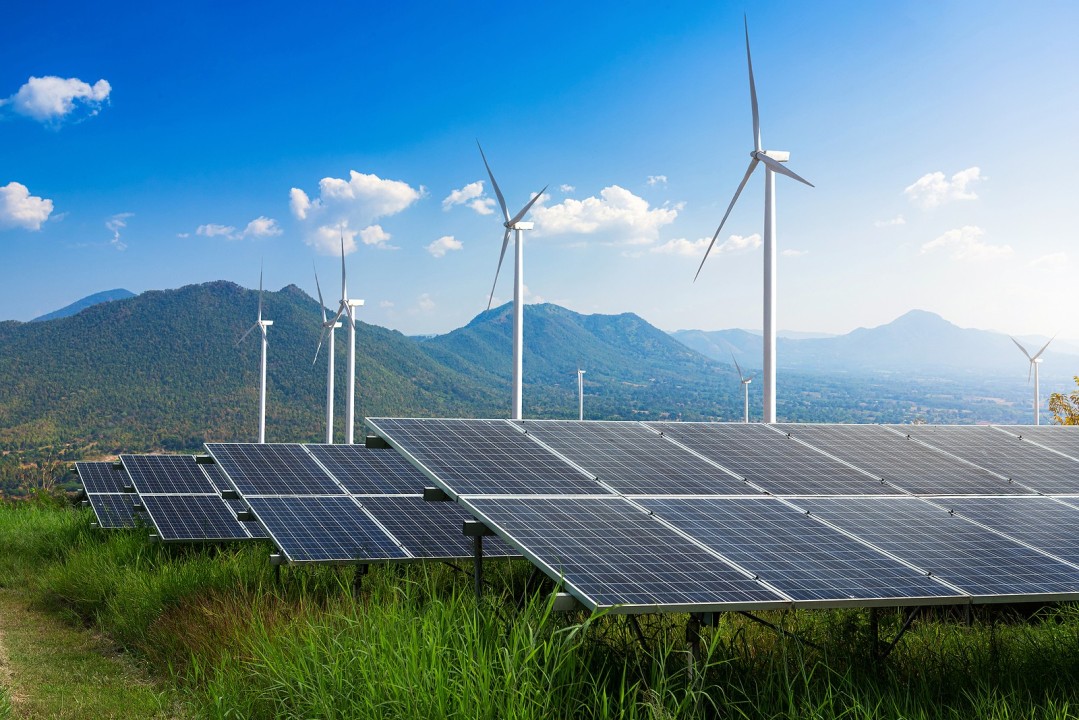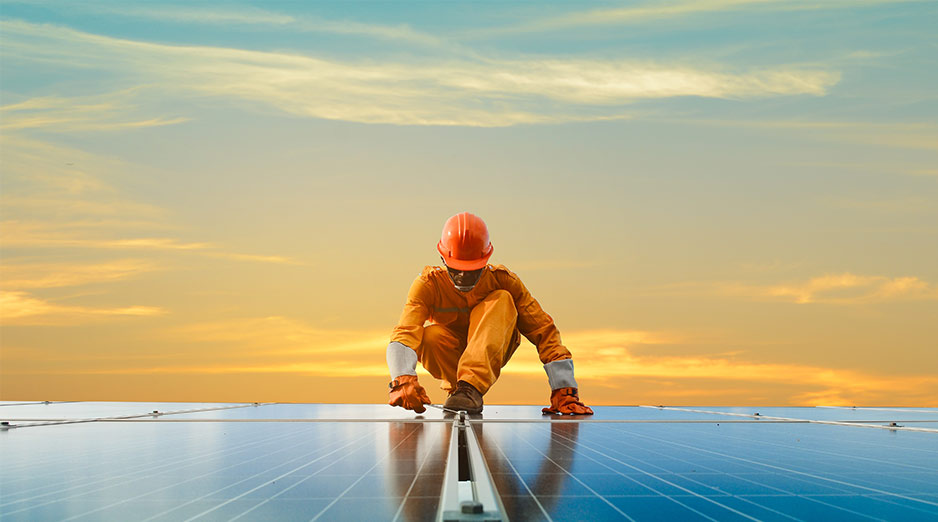Understanding BOP Substations and their role in Renewable Energy
As the renewable energy industry expands rapidly, the need for robust infrastructure to support wind and solar farms has never been greater. One crucial component of this infrastructure is the Balance of Plant (BOP) substation, which plays a pivotal role in ensuring efficient energy transmission and distribution. This article explores what a BOP substation is, its importance in the renewable energy sector, the various types of BOP substations, the necessary training for working with these systems, and why STL USA’s BOP Substation and PMT Switching Training is the best choice for companies looking to upskill their workforce.
What is a BOP Substation?
A Balance of Plant (BOP) substation is an essential part of a renewable energy project. It serves as the connection point between a power generation facility—such as a wind or solar farm—and the electrical grid. These substations manage the transformation of electrical power from the generation level to a transmission level, ensuring that electricity can be efficiently distributed to homes, businesses, and industries.
A BOP substation consists of key components, including:
Transformers – Step-up transformers increase voltage for efficient long-distance transmission.
Switchgear – Helps control, protect, and isolate electrical equipment.
Circuit Breakers – Prevent damage to the grid and equipment during faults.
Protection Systems – Monitor voltage and current to detect abnormalities.
Control and Monitoring Equipment – Ensures smooth and safe operations.
Variations of BOP Substations
BOP substations come in different configurations depending on the energy project’s needs and location. Some of the key variations include:
Conventional High-Voltage Substations: Used in large-scale wind and solar farms, these substations step up power to high transmission levels and integrate seamlessly into the grid.
Modular and Compact Substations: These are pre-engineered, smaller-scale substations designed for faster installation and scalability, making them ideal for distributed energy projects.
Pad-Mounted Substations: These are enclosed ground-level substations used in renewable energy projects requiring a smaller footprint. STL USA specializes in Pad-Mounted Transformer (PMT) Substations, which offer compact, efficient, and cost-effective solutions for power distribution.
Pad-mounted substations are particularly advantageous because they:
Are easily installed in areas with limited space.
Provide a safer, enclosed alternative to conventional substations.
Offer increased reliability and efficiency for solar and wind energy distribution.
Why Are BOP Substations Important in Renewable Energy?
The growing adoption of wind and solar energy means that renewable energy facilities must integrate seamlessly with the existing power grid. BOP substations are vital for several reasons:
Grid Stability: They regulate voltage levels and ensure a steady electricity flow.
Energy Efficiency: By stepping up voltage for transmission, BOP substations minimize energy losses.
System Protection: Substations prevent overloads and faults that could damage equipment or disrupt service.
Operational Control: They provide a centralized hub for monitoring and managing power generation and distribution.
Without BOP substations, the electricity generated from renewable sources would be unreliable, inefficient, and difficult to integrate into the national grid.
Training Required for BOP Substation Work
Given the complexity and importance of BOP substations, specialized training is essential for anyone working in this field. Technicians and engineers need to understand the electrical, mechanical, and safety aspects of substation operations. Training typically covers:
High-voltage electrical safety – Understanding how to work safely around live electrical systems.
Substation equipment operation – Learning how transformers, switchgear, and circuit breakers function.
Protection and control systems – Training on relay protection, fault detection, and grid synchronization.
Preventive maintenance – Ensuring equipment reliability and longevity through regular inspections and repairs.
PMT Switching procedures – Proper protocols for switching and isolation to maintain safe working conditions, particularly for pad-mounted transformer substations.
Why Choose STL USA’s BOP Substation and PMT Switching Training?
STL USA has developed a comprehensive BOP Substation and PMT Switching Training course tailored to the needs of renewable energy professionals. This program provides in-depth instruction on:
Fundamentals of BOP substations – Covering essential components, operations, and grid integration.
Hands-on technical training – Practical exercises using real-world equipment and scenarios.
Industry-standard safety procedures – Ensuring compliance with OSHA, NFPA, and other regulatory requirements.
Specialized PMT Switching Techniques – Focused training on pad-mounted transformer substations, ensuring technicians are proficient in their operation and maintenance.
Troubleshooting and emergency response – Preparing technicians for fault resolution and incident management.
What sets STL USA apart is its commitment to excellence, industry-leading trainers, and state-of-the-art facilities. Companies that invest in this training ensure their workforce gains not only theoretical knowledge but also hands-on experience, making them highly competent in real-world substation operations.
Conclusion
BOP substations, including pad-mounted transformers, are the backbone of renewable energy infrastructure, enabling the seamless transfer of power from generation sites to the grid. As the demand for skilled professionals in this field continues to rise, proper training is critical. STL USA’s BOP Substation and PMT Switching Training ensures that technicians and engineers are well-equipped to handle the challenges of modern energy transmission, contributing to a safer, more efficient, and more sustainable power system. For companies looking to upskill their workforce and enhance operational efficiency, this training is the best investment in long-term success.
Interested in booking our BOP Substation, PMT Switching Course?
Click the button to learn more and book.




